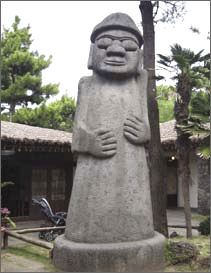Articles in the Articles Category

This paper is an update of the GAGAN status presented at NSP meeting on May 8-19, 2006 held at Brussels, Belgium and also provides the future roadmap of the project. GAGAN will provide augmented information for satellite navigation to the aircraft flying within Indian Flight Information Regions (FIRs), which consists of seven boundaries. India is situated inthe vicinity of equator. In the equatorial region the ionospheric variations are very predominant…
There is a need to make available high resolution digital maps produced in India.
There is a need to place them on a website
There is a need to create a virtual Earth for India for easy access to its citizens.
There is a need to do this in a time bound manner with …
January 2007
Second Asia Pacific Conference for ESRI Users
18-19 January 2007
The Taj Palace Hotel …

Universal lessons have emerged from Australian local governments using GIS for more than 25 years. This commonality of GIS experience rises above the significant variations in functions, statues, geographical coverage and population densities in Australian local government. These lessons are relevant to the skill development, data access, technology integration, and functional integration of GIS to any organisation managing the assorted demands upon a region, or locality.
According to the reports published recently, ISRO plans to put an Indian in space by 2014 …














 (5.00 out of 5)
(5.00 out of 5)